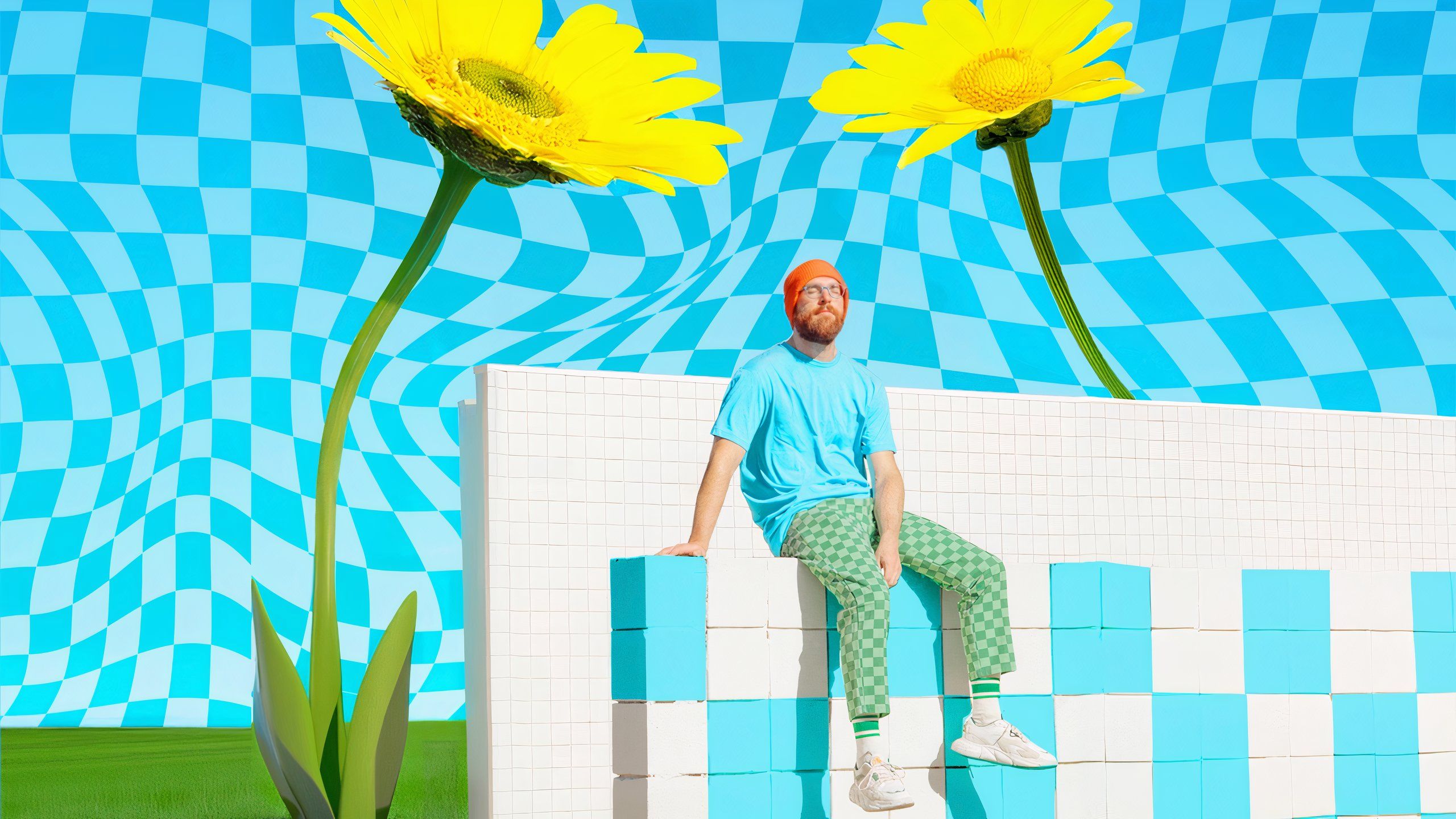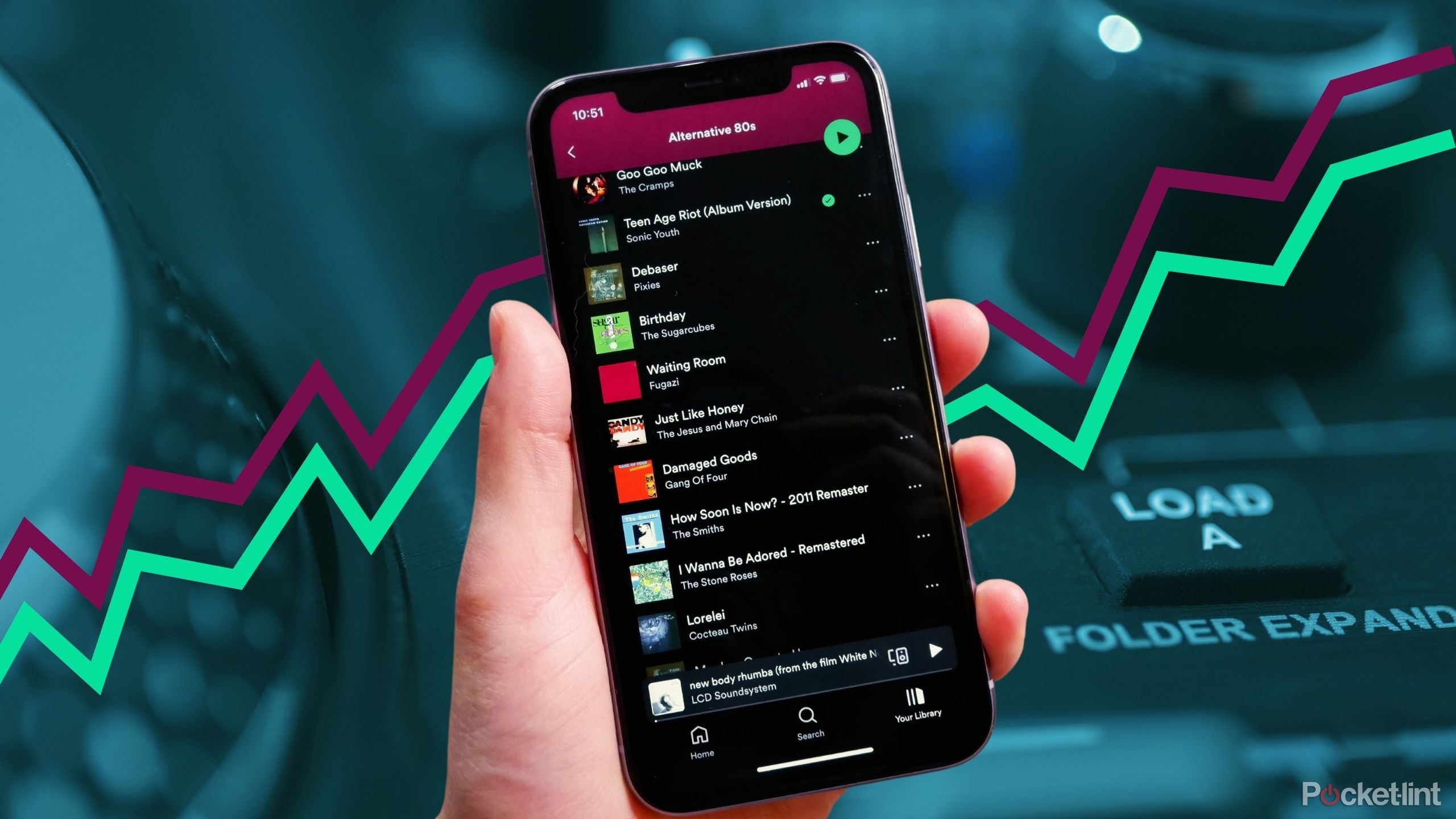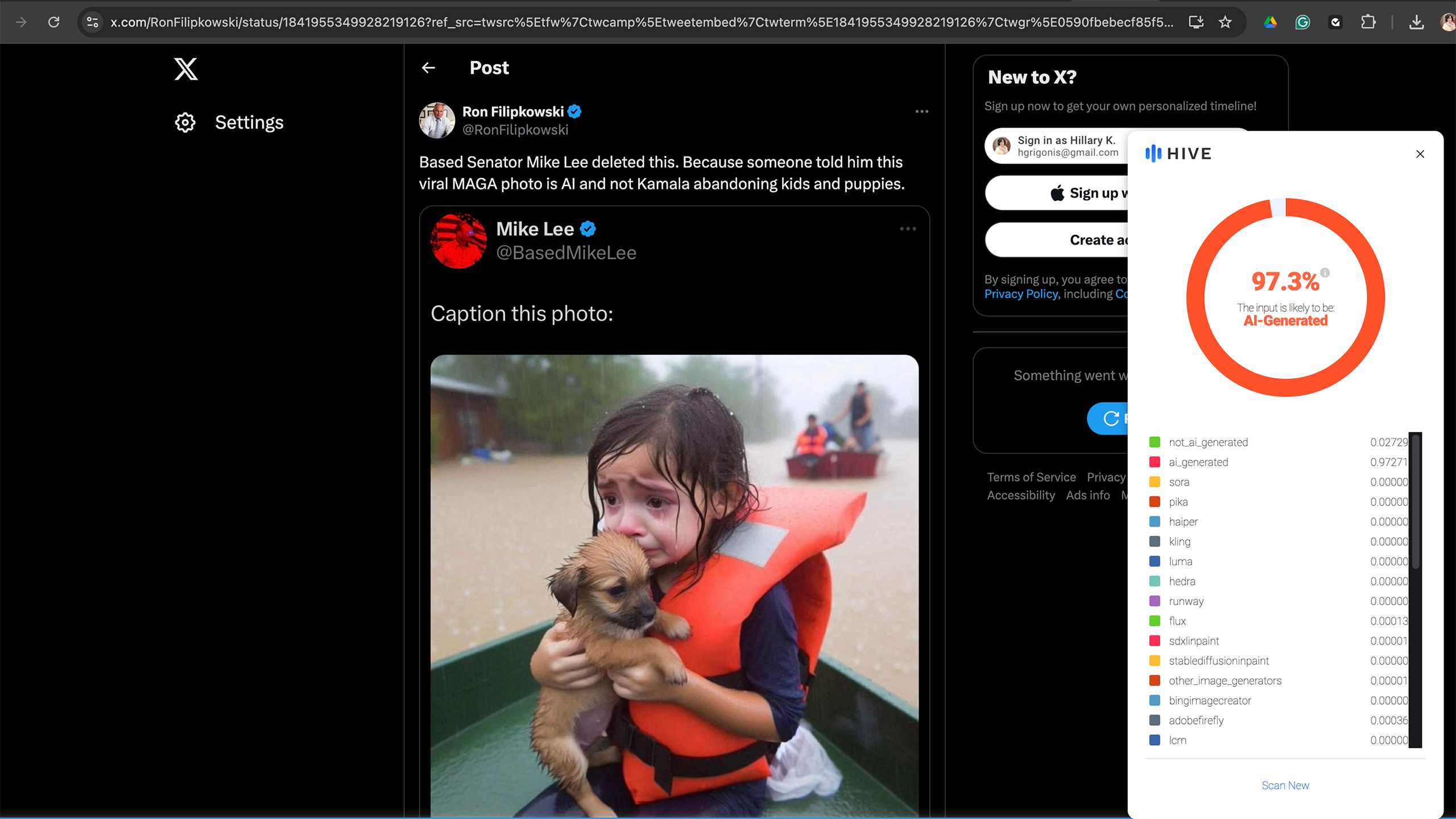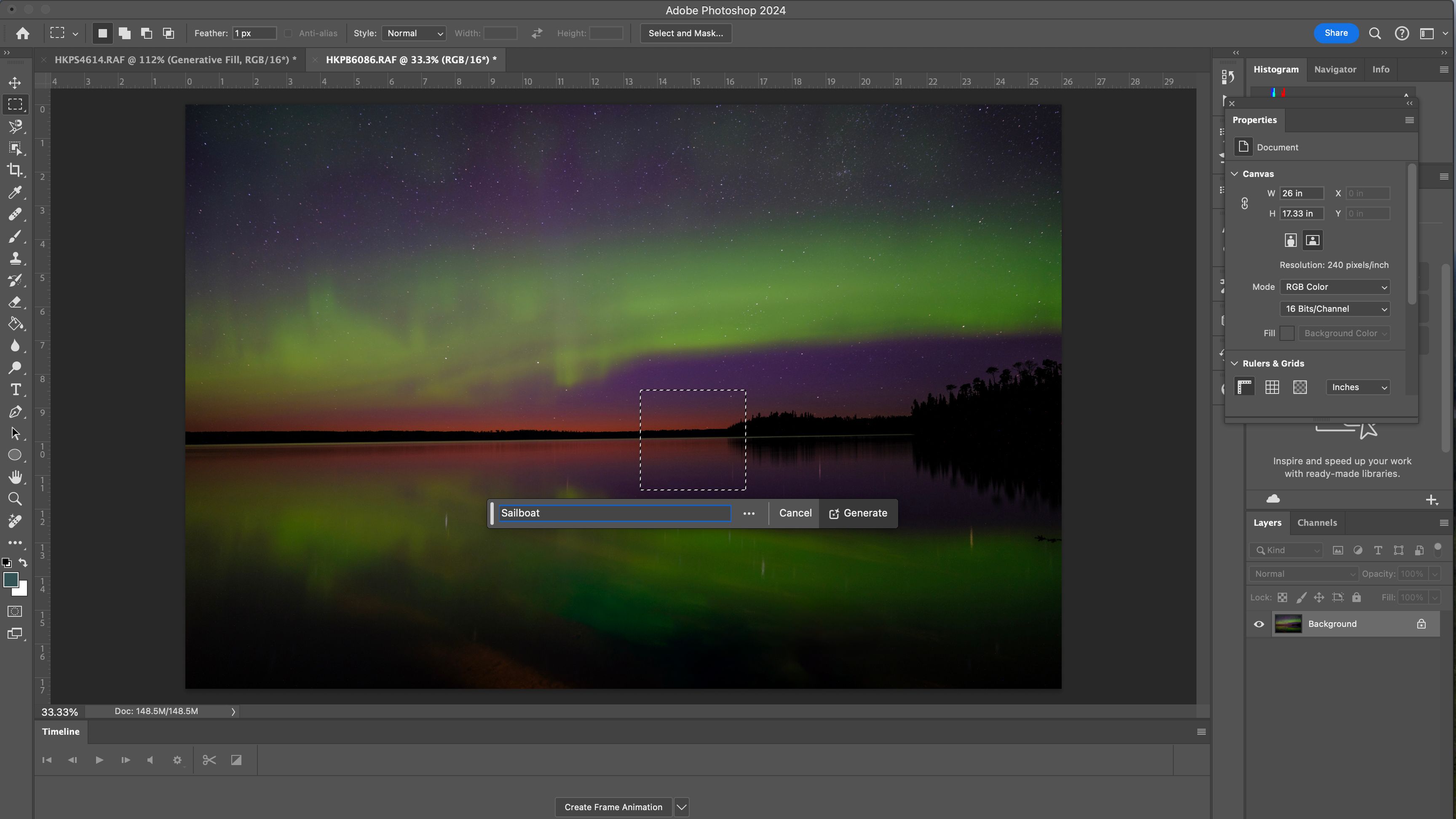Key Takeaways
- AI-generated photographs are tougher to identify
- AI detection instruments exist, however are underused
- Artists’ participation is essential in stopping misuse
Within the wake of the devastation brought on by Hurricane Helene, a picture depicting somewhat lady crying whereas clinging to a pet on a ship in a flooded avenue went viral as an outline of the storm’s devastation. The issue? The lady (and her pet) don’t really exist. The picture is one in every of many AI-generated depictionsflooding social media within the aftermath of the storms. The picture brings up a key challenge within the age of AI: is rising sooner than the expertise used to flag and label such photographs.
Several politicians shared the non-existent girl and her puppy on social media in criticism of the present administration and but, that misappropriated use of AI is among the extra innocuous examples. In any case, as the deadliest hurricane in the U.S. since 2017, Helene’s destruction has been photographed by many precise photojournalists, from striking images of families fleeing in floodwaters to a tipped American flag underwater.
However, AI photographs meant to create misinformation are readily changing into a difficulty. A study published earlier this year by Google, Duke College, and a number of fact-checking organizations discovered that AI didn’t account for a lot of pretend information images till 2023 however now take up a “sizable fraction of all misinformation-associated images.” From the pope carrying a puffer jacket to an imaginary lady fleeing a hurricane, AI is an more and more straightforward solution to create false photographs and video to help in perpetuating misinformation.
Utilizing expertise to battle expertise is essential to recognizing and finally stopping synthetic imagery from attaining viral standing. The problem is that the technological safeguards are rising at a a lot slower tempo than AI itself. Fb, for instance, labels AI content material constructed utilizing Meta AI in addition to when it detects content material generated from outdoors platforms. However, the tiny label is much from foolproof and doesn’t work on all kinds of AI-generated content material. The Content material Authenticity Initiative, a corporation that features many leaders within the trade together with Adobe, is creating promising tech that would depart the creator’s info intact even in a screenshot. Nevertheless, the Initiative was organized in 2019 and most of the instruments are nonetheless in beta and require the creator to take part.
The picture brings up a key challenge within the age of AI:
Generative AI
is rising sooner than the expertise used to flag and label such photographs.
Associated
Some Apple Intelligence features may not arrive until March 2025
The primary Apple Intelligence options are coming however a few of the greatest ones may nonetheless be months away.
AI-generated photographs have gotten tougher to acknowledge as such
The higher generative AI turns into, the tougher it’s to identify a pretend
I first noticed the hurricane lady in my Fb information feed, and whereas Meta is placing in a higher effort to label AI than X, which permits customers to generate photographs of recognizable political figures, the picture didn’t include a warning label. X later noted the photo as AI in a neighborhood remark. Nonetheless, I knew instantly that the picture was probably AI generated, as actual folks have pores, the place AI photographs nonetheless are likely to wrestle with issues like texture.
AI expertise is shortly recognizing and compensating for its personal shortcomings, nonetheless. When I tried X’s Grok 2, I used to be startled at not simply the power to generate recognizable folks, however that, in lots of circumstances, these “folks” had been so detailed that some even had pores and pores and skin texture. As generative AI advances, these synthetic graphics will solely grow to be tougher to acknowledge.

Associated
Political deepfakes and 5 other shocking images X’s Grok AI shouldn’t be able to make
The previous Twitter’s new AI device is being criticized for lax restrictions.
Many social media customers do not take the time to vet the supply earlier than hitting that share button
Whereas AI detection instruments are arguably rising at a a lot slower fee, such instruments do exist. For instance, the Hive AI detector, a plugin that I’ve installed on Chrome on my laptop computer, acknowledged the hurricane lady as 97.3 p.c more likely to be AI-generated. The difficulty is that these instruments take effort and time to make use of. A majority of social media shopping is finished on smartphones fairly than laptops and desktops, and, even when I made a decision to make use of a cell browser fairly than the Fb app, Chrome doesn’t permit such plugins on its cell variant.
For AI detection instruments to take advantage of important influence, they have to be each embedded into the instruments customers already use and have widespread participation from the apps and platforms used most. If AI detection takes little to no effort, then I consider we may see extra widespread use. Fb is making an attempt with its AI label — although I do assume it must be far more noticeable and higher at detecting all kinds of AI-generated content material.
The widespread participation will probably be the trickiest to attain. X, for instance, has prided itself on creating the Grok AI with a free ethical code. The platform that’s very probably attracting a big share of customers to its paid subscription for lax moral tips reminiscent of the power to generate photographs of politicians and celebrities has little or no financial incentive to affix forces with these preventing towards the misuse of AI. Even AI platforms with restrictions in place aren’t foolproof, as a study from the Center for Countering Digital Hate was successful in bypassing these restrictions to create election-related photographs 41 p.c of the time utilizing Midjourney, ChatGPT Plus, Stability.ai DreamStudio and Microsoft Picture Creator.
If the AI corporations themselves labored to correctly label AI, then these safeguards may launch at a a lot sooner fee. This is applicable to not simply picture era, however textual content as properly, as ChatGPT is engaged on a watermark as a solution to help educators in recognizing college students that took AI shortcuts.

Associated
Adobe’s new AI tools will make your next creative project a breeze
At Adobe Max, the corporate introduced a number of new generative AI instruments for Photoshop and Premiere Professional.
Artist participation can be key
Correct attribution and AI-scraping prevention may assist incentivize artists to take part
Whereas the adoption of safeguards by AI corporations and social media platforms is important, the opposite piece of the equation is participation by the artists themselves. The Content material Authenticity Initiative is working to create a watermark that not solely retains the artist’s identify and correct credit score intact, but additionally particulars if AI was used within the creation. Adobe’s Content material Credentials is a sophisticated, invisible watermark that labels who created a picture and whether or not or not AI or Photoshop was utilized in its creation. The info then will be learn by the Content Credentials Chrome extension, with a web app expected to launch next year. These Content material Credentials work even when somebody takes a screenshot of the picture, whereas Adobe can be engaged on utilizing this device to forestall an artist’s work from getting used to coach AI.
Adobe says
that it solely makes use of licensed content material from Adobe Inventory and the general public area to coach Firefly, however is constructing a device to dam different AI corporations from utilizing the picture as coaching.
The difficulty is twofold. First, whereas the Content material Authenticity Initiative was organized in 2019, Content material Credentials (the identify for that digital watermark) remains to be in beta. As a photographer, I now have the power to label my work with Content material Credentials in Photoshop, but the device remains to be in beta and the net device to learn such knowledge isn’t anticipated to roll out till 2025. Photoshop has examined a lot of generative AI instruments and launched them into the fully-fledged model since, however Content material Credentials appear to be a slower rollout.
Second, content material credentials received’t work if the artist doesn’t take part. At the moment, content material credentials are non-compulsory and artists can select whether or not or to not add this knowledge. The device’s skill to assist stop scarping the picture to be skilled as AI and the power to maintain the artist’s identify connected to the picture are good incentives, however the device doesn’t but appear to be broadly used. If the artist doesn’t use content material credentials, then the detection device will merely present “no content material credentials discovered.” That doesn’t imply that the picture in query is AI, it merely signifies that the artist didn’t select to take part within the labeling function. For instance, I get the identical “no credentials” message when viewing the Hurricane Helene images taken by Related Press photographers as I do when viewing the viral AI-generated hurricane lady and her equally generated pet.
Whereas I do consider that the rollout of content material credentials is a snail’s tempo in comparison with the fast deployment of AI, I nonetheless consider that it could possibly be key to a future the place generated photographs are correctly labeled and simply acknowledged.
The safeguards to forestall the misuse of generative AI are beginning to trickle out and present promise. However these techniques will have to be developed at a a lot wider tempo, adopted by a wider vary of artists and expertise corporations, and developed in a means that makes them straightforward for anybody to make use of in an effort to make the largest influence within the AI period.

Associated
I asked Spotify AI to give me a Halloween party playlist. Here’s how it went
Spotify AI cooked up a creepy Halloween playlist for me.
Trending Merchandise

Samsung 24” FT45 Series FHD 1080p Computer Monitor, 75Hz, IPS Panel, HDMI, DisplayPort, USB Hub, Ultra Thin Bezels, Ergonomic Design, Height Adjustable Stand, 3 Year Warranty, LF24T454FQNXGO, Black

KEDIERS PC CASE ATX 9 PWM ARGB Fans Pre-Installed, Mid-Tower Gaming PC Case, Panoramic Tempered Glass Computer Case with Type-C,360mm Radiator Support

ASUS RT-AX88U PRO AX6000 Dual Band WiFi 6 Router, WPA3, Parental Control, Adaptive QoS, Port Forwarding, WAN aggregation, lifetime internet security and AiMesh support, Dual 2.5G Port

Wireless Keyboard and Mouse Combo, MARVO 2.4G Ergonomic Wireless Computer Keyboard with Phone Tablet Holder, Silent Mouse with 6 Button, Compatible with MacBook, Windows (Black)

Acer KB272 EBI 27″ IPS Full HD (1920 x 1080) Zero-Frame Gaming Office Monitor | AMD FreeSync Technology | Up to 100Hz Refresh | 1ms (VRB) | Low Blue Light | Tilt | HDMI & VGA Ports,Black

Lenovo Ideapad Laptop Touchscreen 15.6″ FHD, Intel Core i3-1215U 6-Core, 24GB RAM, 1TB SSD, Webcam, Bluetooth, Wi-Fi6, SD Card Reader, Windows 11, Grey, GM Accessories

Acer SH242Y Ebmihx 23.8″ FHD 1920×1080 Home Office Ultra-Thin IPS Computer Monitor AMD FreeSync 100Hz Zero Frame Height/Swivel/Tilt Adjustable Stand Built-in Speakers HDMI 1.4 & VGA Port











